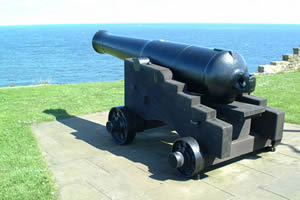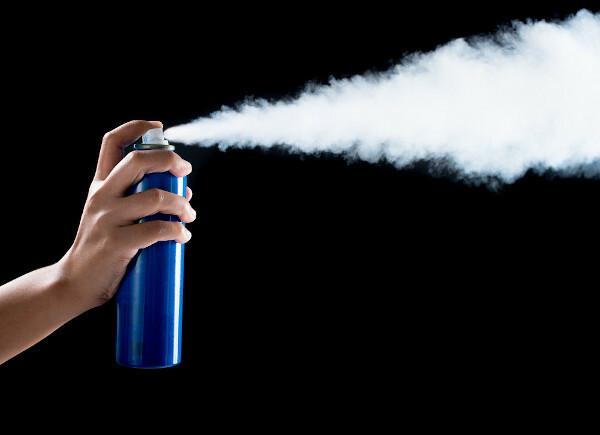Some materials can emit light when excited. This occurs when electrons from atoms absorb energy and pass to external levels (higher energy), and when returning to the source levels (lower energy), they release the absorbed energy in the form of a photon of light. Then we have luminescence, as the phenomenon is called.
Luminescence is used, for example, in the production of fireworks. To understand the chemistry present in these devices, we need to understand a little about their structure.
The rockets contain a paper cartridge in the form of a cylinder filled with an explosive charge. This charge concerns the propellant, the one responsible for triggering the fires.
Black gunpowder is one of the most used propellants, having in its composition a mixture of saltpeter (potassium nitrate), sulfur and coal. Potassium perchlorate (KCLO4) can also be used as a propellant.
To make fireworks colorful, manufacturers mix salts of different elements with gunpowder so that, when detonated, they produce different colors. Now you already know the secrets that make up the beautiful explosion of colors admired in special moments, such as New Year's Eve parties.
Do not stop now... There's more after the advertising ;)
Let's look at some of the compounds responsible for the color of fires:
Orange: calcium salts are responsible for this coloring in rockets.
Red: the red color arises from the burning of strontium salts or lithium carbonate.
Yellow: obtained by burning Sodium.
Silver: the “Silver Rain” spectacle is produced by burning titanium, aluminum or magnesium powder.
Golden: the iron metal present in fireworks gives the tone of Gold.
Blue: the heating of copper metal makes us visualize the blue color.
Purple: the mixture of strontium and copper gives rise to this beautiful color.
Green: Barium burning gives rise to incandescent green.
By Líria Alves
Graduated in Chemistry
Brazil School Team
Chemistry Curiosities - Chemistry - Brazil School
Would you like to reference this text in a school or academic work? Look:
SOUZA, Líria Alves de. "Chemistry present in fireworks"; Brazil School. Available in: https://brasilescola.uol.com.br/quimica/quimica-presente-nos-fogos-artificio.htm. Accessed on June 27, 2021.
Chemistry

Gunpowder, Propellant, Explosive, ammunition, fireworks, black powder, use of gunpowder for military purposes in China, cannon, rockets, explosive bombs dropped from catapults.



